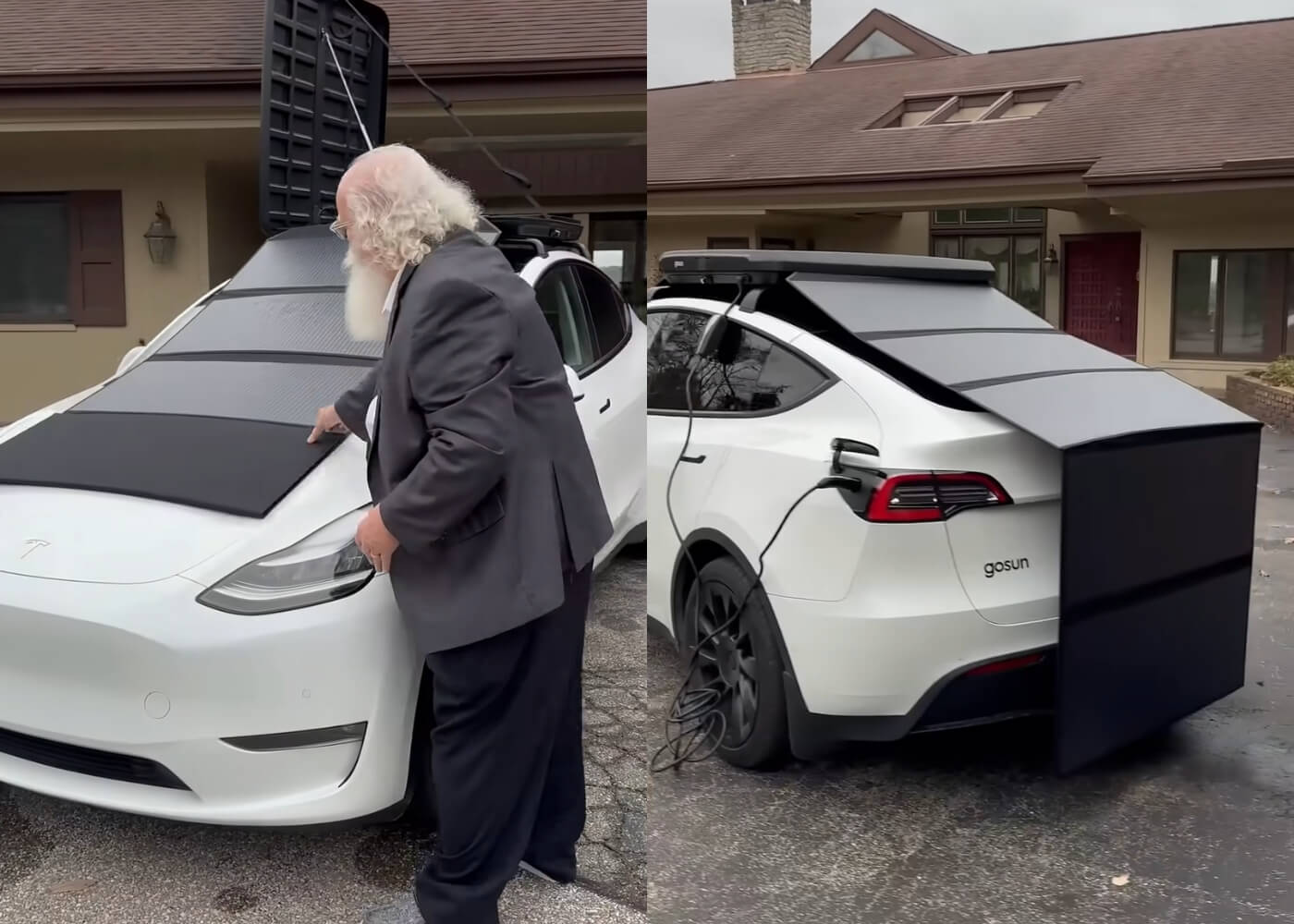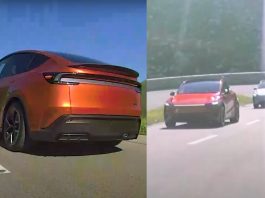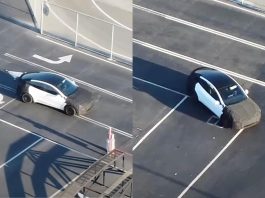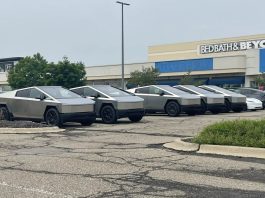A Tesla owner has recently taken the green approach to charging his car to new heights, literally charging his vehicle out in the open using 1,000 watts of solar panels, which only complements the efficiency of an electric vehicle. Sustainability has become the new trend worldwide, and with this solar system of charging, there could be a completely eco-friendly transport system in the future.
A solar charging system that the owner has established has 2 x 500-watt panels mounted on the front and the rear of the automobile. This kind of portable and self-contained source of power enables him to get about 30 miles for every eight hours of charging – something any EV owner would consider significant when charging their cars to reduce cost and emissions.

The man said, “I can use it anywhere,” about the freedom and autonomy of his system. The use of portable charging equipment means that one does not have to stop to recharge the batteries as often due to a scarcity of charging ports. A recent survey study shows that almost half of families in the US plan to buy an EV.
But there is one major factor that discourages many potential consumers: range anxiety. Besides, families wonder how many miles an EV can cover without recharging, for instance during a long journey or during their daily activities that may involve frequent stops.
However, this is not the first time the idea of solar power has been looked at in terms of charging EVs. Tesla’s Solar Roof with an efficiency of up to 5 kWh per day and an addition of 20 miles of daily charge presents an exciting advancement of renewable energy as the potential source of electric vehicle charging and requisite electricity consumption.
Tesla Solar Roof Generating Up to 5 kWh Daily Adding 20 Miles of Range Per Day
Tesla’s Official Solar Features
Tesla itself has seen the future of solar energy and has integrated the ‘Charge on Solar’ at homes. This system allows any Tesla owner with a Tesla solar roof or solar panels on the roof of his or her home to charge his or her car with energy solely produced during a sunny day.
“Using excess energy to charge your electric vehicle maximizes the value of your home’s solar system,” Tesla stated.
However, it will be an added feature that needs certain hardware, software, and a bit of tweaking in the Tesla app, hence it may not cut across for everyday use or people without full solar power at their homes.
Limitations and Considerations
Despite the effectiveness of the concept of a mobile solar charging utility, there are still flaws that come with the idea. First of all, 30 miles of range after a day of exposure to sunlight may not be sufficient for those individuals who drive long distances daily. It also relies on frequent sunlight, which is not the case in some areas of the world with many cloudy days.
That being said, their installation may be rather practical and even highly efficient in a sunny state like Colorado, where the owner of the Tesla lives, but, for example, in the United Kingdom, where the sunny days are rather the exception than the rule, this may be an issue.
Furthermore, care should be taken where the panels are placed and the sizes of the respective panels by the dimensions of the vehicle. What is more, it is impossible to install a standard residential solar system on the roof of a car. However, folding or expandable panel systems might give more coverage, but they are bulky and complex.



